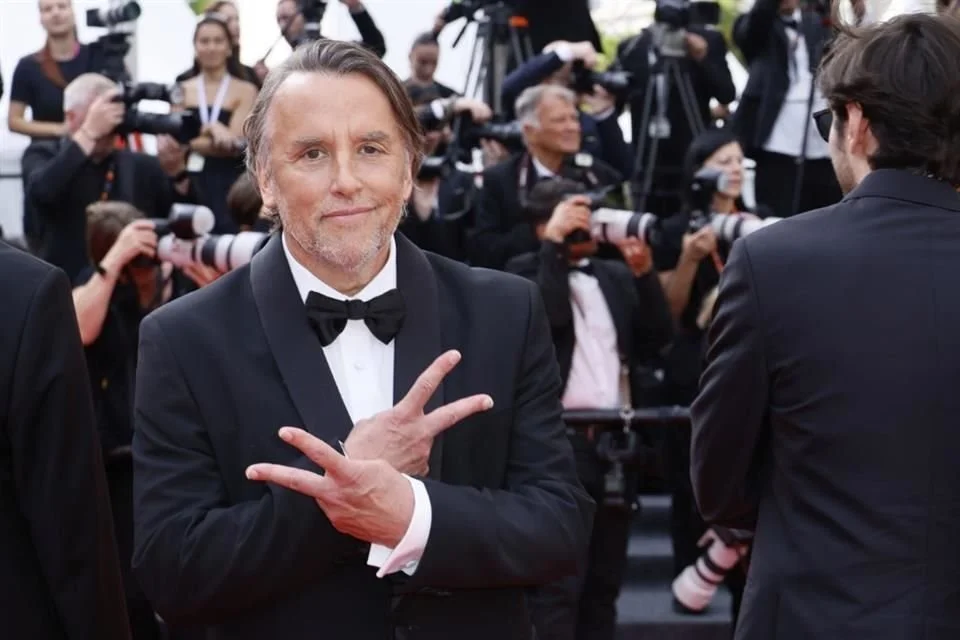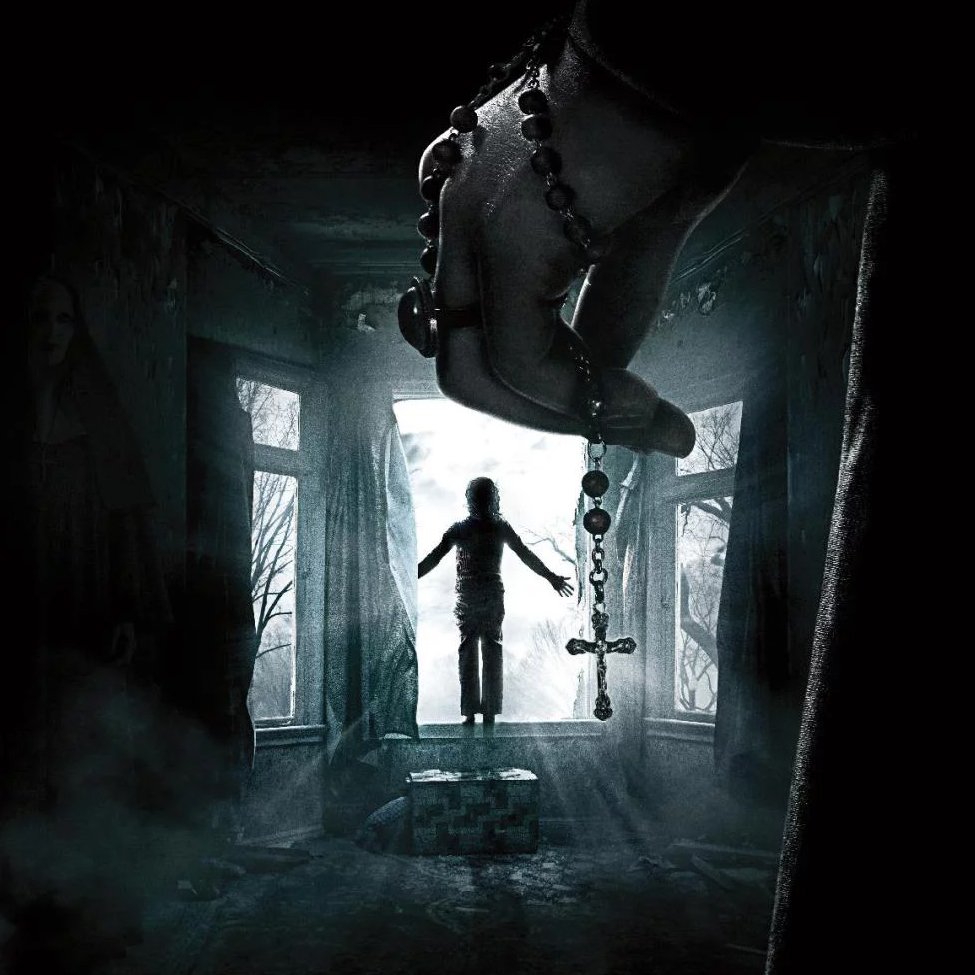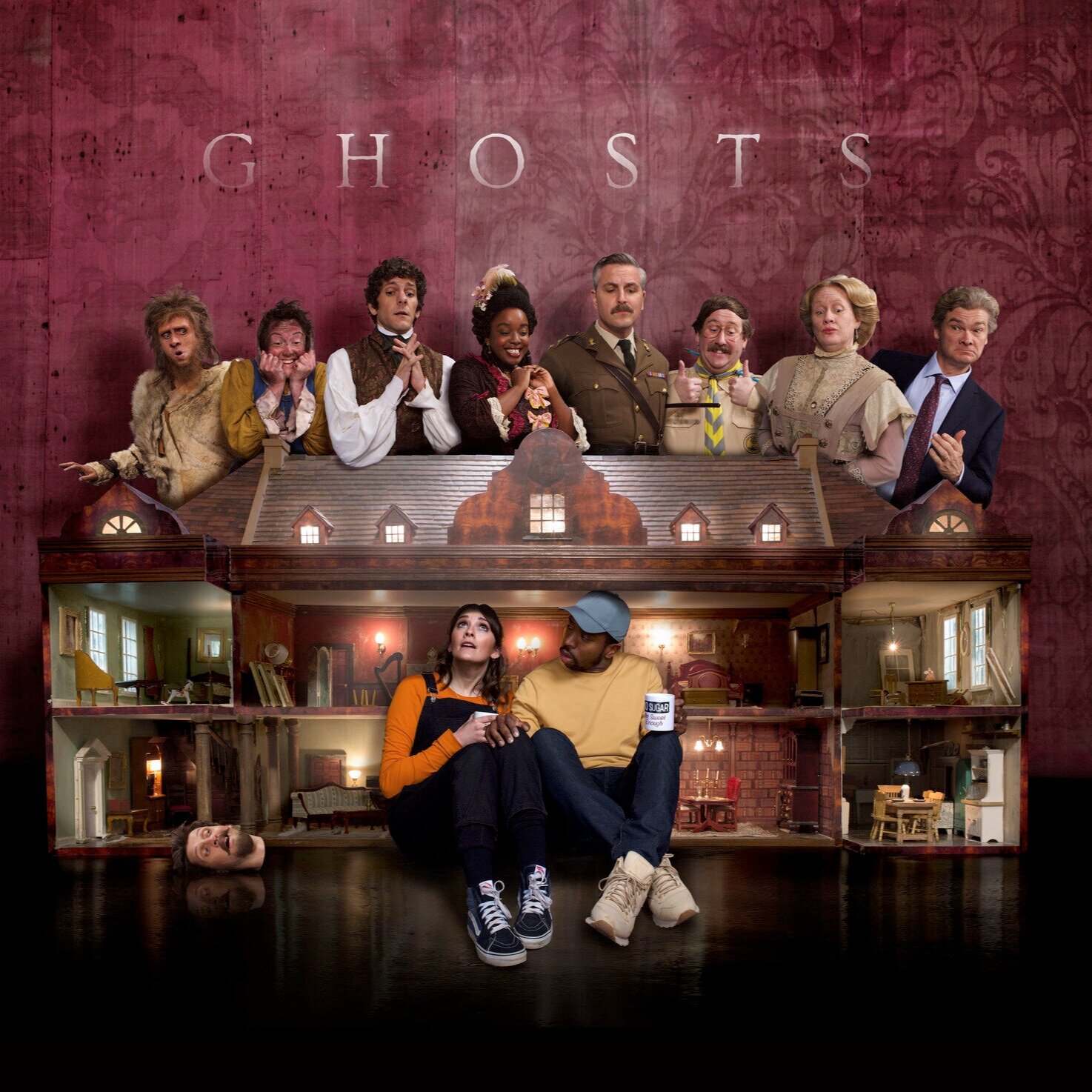The Present (Is) Tense: Supermassive Studios' Dark Pictures Anthology
Moviegoer Rating: ★★★★
When I was a kid, I used to lose myself in the Fighting Fantasy ‘choose your own adventure’ books. I’d map out the best paths through the story, making copious notes on optimal outcomes with deadly creatures trying to cut my reading short and my limbs shorter. I’d play along with dice, and unlike my reckless friends, try not to skip ahead to see if my choices were the right ones. If I died, I started over, and there was a tremendous sense of achievement in being able to successfully remember how to get to the end with one’s life intact.
Several years later, the same interactive stories came to the early days of computing, with text adventures taking up the challenge their paper predecessors had laid down. The Oregon Trail, The Hobbit and Sphinx Adventure all saw me trying to make it to California before dying of dysentery, stealing the one ring to rule them all, or solving an ancient riddle. With no save option, these were a lot more unforgiving than the books, and detailed documentation was a must. I’d sit with graph paper and pencil, mapping out all of my decision trees, and working through a process of elimination to try and get just that little bit further in the game the next time around. I died, a lot, and I never completed any of them. Now, of course, you can watch someone fly through the entire thing in ten minutes, all while failing to avoid the desperation of the uploader’s ‘don’t forget to smash that like and subscribe button’ pleas, on YouTube. I feel like we lost something along the way there.
Years later in 2018, Netflix would stream an episode of the wonderfully dystopian Black Mirror called Bandersnatch. It allowed the viewer to determine what happened next in a series of quick, timed events where binary decisions needed to be swiftly made. These choices had consequences for the remainder of the episode. It was compelling, interactive, and a completely new type of streaming experience for Netflix, one that you could watch through with different decisions multiple times. Exponentially more expensive to produce due to all the different pathways and outcomes as well as the underlying technology to power all these choices across millions of streaming ‘players’, Bandersnatch is something we’ll see a lot more of from Netflix in the coming years, especially with more immersive experiences becoming the norm as we all move our real lives into the Metaverse. The blending of real and fictional, especially at the intersection of movies and users’ increasing appetite for control over their entertainment seems ripe for those looking to make the movies more than just a one-way experience.
Hungry for more non-linear experiences like this, I returned to video games in search of more immersive ‘choose your own adventure’ mysteries, and while there isn’t a tremendous console culture of these, there’s some real gems, especially in the horror genre. The most notable is Supermassive Studios’ Until Dawn, starring Hayden Panetierre (Heroes, Nashville, Scream 4) and Rami Malek (Bohemian Rhapsody, Mr. Robot, No Time To Die), who, along with some friends, attempt to survive the night in a mountaintop log cabin while hundreds of nocturnal creatures try to eat them. Each decision has a ‘butterfly effect’ of trust and consequence for each character, and the player gets to live as different characters throughout the entire experience, which usually lasts about eight hours. Decisions need to be made fast, under pressure, and often result in horrific violence. The game’s legitimately terrifying, especially if like me, you decided to play it late at night in the dark with your headphones on. Jump scares are in abundance, the paranoia is real, and by the end of the experience, you’re really just counting who’s still alive from the original group of teenagers simply looking to get drunk and make out for the weekend. The deaths are gruesome, comedic, and just what you’d want from this kind of eighties-slasher-inspired video nasty.
Since releasing Until Dawn in 2015, Supermassive Studios has been releasing their Dark Pictures Anthology every year, a collection of what’s ultimately going to be eight different games, all connected by a common (and yet to be revealed) purpose. The first of these was 2019’s Man of Medan, which has us exploring a ghost ship lost in the middle of the ocean. The violence is more psychological this time around, with dream-like hallucinogenic sequences where the nightmare is being lost in the hull of a super tanker and the feeling that you are literally going nuts. The jump scares are all still there, and the narrative is more structured around the specific relationships and ethical ties between the main protagonists. This time, there’s a ‘moral compass’ set of choices to help keep you grounded, with dire consequences for those who stray too far on the wrong side of history.
Man of Medan was followed in 2020 by Little Hope, which is easily the most frustrating of the entire series so far. This time we’re in an abandoned rural town where witchcraft, doppelgängers and violent flashbacks help us unravel the mystery of a family who died in a house fire back in the seventies. It’s doubly atmospheric, foggy, creepy-as-all-hell and there are sequences where your character has to hold their breath by you holding the controller as still as possible while all hell breaks loose around you. The long periods of silence are again broken by (the now expected) jump scares, but ultimately the payoff isn’t there this time, delivering a disappointing set of climactic plot twists that do not wrap things up well. Spoiler alert: It was all a dream.
Faring better is the most recent installment in the series, House of Ashes, released earlier this year. This time we’re a renegade military outfit that accidentally drops into a vampire-infested abandoned temple in the middle of the Iraqi War. We stumble across a massive buried alien spaceship that hides an even more massive chamber of hibernating vampires. The environments are beautifully rendered, and the narrative is immersive in ways that exponentially improve upon the previous two installments. You’re not just traversing the crypts and tunnels, you can smell the tombs and taste the fear that’s coming. Starring High School Musical’s Ashley Tisdale as CIA operative Rachel, who ends up about as covered in blood and guts as it is humanly possible to be covered in blood and guts, the suspense is palpable throughout. You know something’s not right, you’re just waiting for it to unleash itself. And when it does, the vampire chase scenes are terrifying and heart-pounding, with survival a very real threat.
There are other titles that follow this type of quick, timed event narrative journey, some of my favorites being Beyond: Two Souls (featuring Elliot Page and Willem Dafoe, both of whom are wonderful, and the story here is one of the best I’ve ever played), Detroit: Become Human, and the earliest (and perhaps best) of them all, Heavy Rain. All of which scratch that original ‘choose your own adventure’ itch to try and plot a successful course through as adverse a set of situations as possible. These games are more movie than game, but being able to control a scene, especially the outcome of a scene, is empowering, and something I find myself doing when watching regular movies these days too. What’s the butterfly effect of Luke missing the exhaust port at the end of Star Wars? Or the giant boulder outrunning Indiana Jones in Raiders of the Lost Ark? What if Titanic’s Rose had just let Jack onto the floating door with her instead of drifting stone dead to the bottom of the Atlantic ocean? We’ll never know, but these blended interactive experiences always give us hope.
More Articles by Matt Shadbolt
Popular Reviews












































